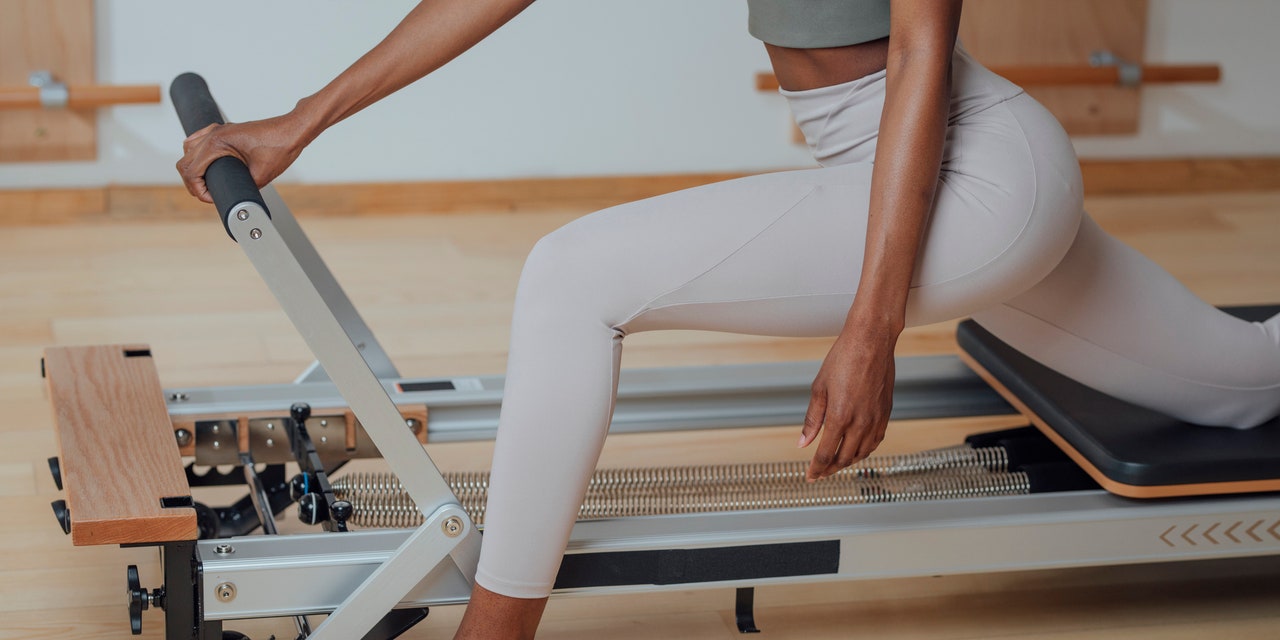Does Pilates ‘Count’ as Strength Training?

Pilates isn’t new—in fact, it’s nearly 100 years old!—but lately, more and more folks are turning to this form of low-impact exercise. Case in point: Pilates nabbed the title as the most popular workout of 2023, according to ClassPass’s annual report, beating other fan-favorites including yoga, cycling, and barre.
If you’re interested in giving it a shot, you might be wondering: What kind of workout is it, exactly? Is it all about flexibility and balance, or does Pilates “count” as strength training too? (After all, if you’ve ever seen the core-centric “one hundred” move, for instance, it certainly seems like it does a number on your abs.) We touched base with some Pilates experts to help us break down which boxes it ticks—and how you can fit it into your exercise routine.
So is Pilates considered a strength workout?
Originally developed as a rehab tool for World War I soldiers, Pilates places a strict emphasis on mobility, stability, proper form, body alignment, and mind-muscle connection. This makes it a great workout “for anyone who wants to improve their everyday functional movement habits or their sport,” Lynda Gehrman, owner and director of BASI Pilates Academy in New York City and a Pilates teacher trainer, tells SELF. You can do this through specialized resistance machines, like the Reformer, or on a mat using just your own bodyweight (and maybe a prop or two, like light weights, rings, or exercise balls).
If you strength train, you’re probably already familiar with some common Pilates moves, which include planks, squats, lunges, glute bridges, arm circles, leg circles, and crunch variations. So it holds to reason that Pilates is a form of strength training…. Right?
Yes, but with an asterisk. While research has found Pilates to be effective for building both strength and muscle—two outcomes we generally think of with strength training—it’s probably helpful to dig a little deeper.
For one, in the broadest terms, strength training can be defined as anything that simply makes your body stronger—basically, anything that allows your muscles to complete tasks at hand just a little bit easier, Pilates instructor Laurence Agénor, DPT, cofounder and clinical director at The Wellness Den by Cynergy Physical Therapy, tells SELF. This is where Pilates, as well as other activities like yoga, barre, and general weight lifting, all qualify, Dr. Agénor explains.
Pilates places a particular emphasis on eccentric muscle contractions (when they are lengthened under load, like lowering into a squat) to build strength, Gerhman says—think moves like leg circles and the elephant, which hit your hamstrings while they’re stretched. But because Pilates exercises also require a lot of stability, either your core or your limbs are pretty much also working isometrically (when the muscle holds still under load, like hanging out in the bottom of a squat) when you’re performing any movement. Finally, Pilates also uses concentric contractions (when your muscle shortens under load, like when you stand up from a squat), so it encompasses all of the three major contractions necessary to help your muscles get stronger.





